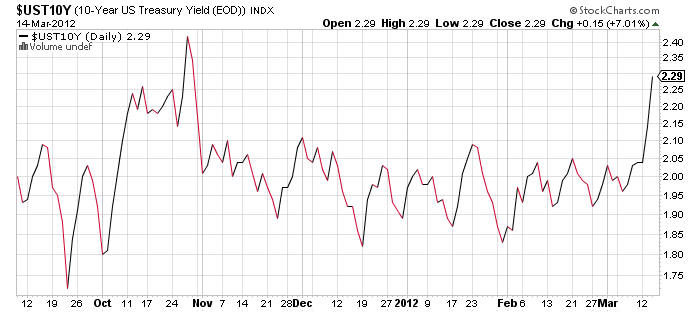MainStreet.com surveyed several investment professionals, including a pair of portfolio managers on the Covestor platform, on whether the Dow Jones Industrial Average (DJIA) could continue to rise in 2014 and hit 19,000 this year.
Bill DeShurko, who runs the Seasonal ETF Growth and Dividend and Income Plus portfolios, was featured in the article:
Equities could bring returns as high as 15% in 2014, allowing the Dow to reach 18,700, said Bill DeShurko, a portfolio manager on Covestor and president of 401 Advisor, an investment advisory based in Centreville, Ohio.
Investors need to be patient since many of the gains may not occur until the third or fourth quarter, he said.
“I think most of the gains will come late in the year after a year of modest earnings growth,” DeShurko said. “However, optimism for
accelerated gains in 2015 will power the market towards the end of the year, which would make 2015 the more likely candidate to be a
bubble bursting year.”
Stocks which pay dividends are one of the best options for an investor’s retirement portfolio, he said.
“Dividends are the only way to be sure of a check for life,” DeShurko said. “Any other strategy relies on capital gains, but most analysis ignores the effects of capital losses. The trick is to not be too greedy by stretching for too high of yields or lose focus and get caught up on growth arguments. Dividend sustainability and growth is all about cash flow.”
Yale Bock, who manages the Concentrated GARP and Long Term GARP portfolios, was also quoted in the MainStreet story:
Yale Bock, a portfolio manager on Covestor and president of YH&C Investments, an investment adviser based in Las Vegas, is more cautious and believes the Dow will reach 17,100 in 2014.
Investors who own mutual funds in indexes such as the Dow or S&P 500 should see a “modest appreciation” of 5% to 6% in their portfolio this year, he said.
“People need to do their homework about what they own and why since each circumstance is different,” Bock said. “It depends on the specific equities which are owned. The closer to retirement, the more you want to be in assets which don’t face possible large capital losses, especially if you are depending on that capital to pay living expenses.”
Read the full article here.



